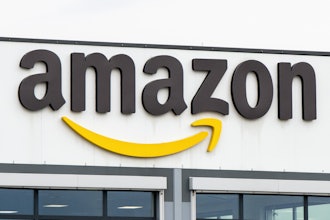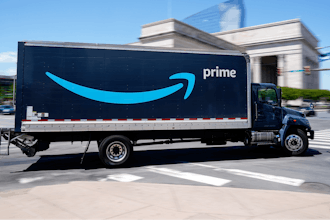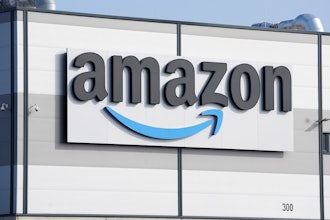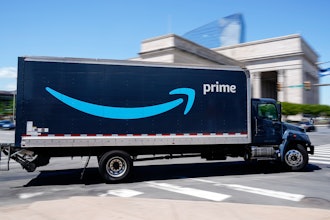
B2B sales are notorious for their complexity. Multi-tier product lineups and arcane pricing structures are challenging for buyers to negotiate. On the buy-side, CEB has shown that, on average, seven people are involved in any purchase decision.
Buyers are looking for ways to streamline the procurement process while improving transparency and accountability. Procurement can and should be easier. Suppliers capable of meeting buyers on the road to reduced complexity are in demand.
Ease of purchase depends on three core strategies: accurate and comprehensive information, B2B eCommerce, and integration with buyer eProcurement and spend management platforms.
Access To Information
B2B salespeople have long been the gatekeepers of product and pricing information. But today’s buyers expect information to be available to them online. The B2B purchase workflow has changed. The first reaction to a perceived need is not to pick up the phone to call a salesperson, but to research online.
As Steve Macdonald of SuperOffice has pointed out, only 29 percent of B2B buyers want to talk to a salesperson to learn more about products, and over half have made a purchase decision before they pick up the phone.
The primary customer acquisition channels for B2B businesses have changed. A recent report from BigCommerce showed that over 30 percent of B2B sellers generated sales via online search and over 40 percent via social media. Those channels are not available to businesses that don’t put information online.
Online access to sales catalogs, pricing information, and high-quality content makes it easier for buyers to make purchasing decisions — and that makes them more likely to choose a supplier.
B2B eCommerce
Information is only part of the story. B2B buyers expect to be able to browse, order, and, perhaps most importantly, pay for products online. While checks and purchase orders are still widely used, credit card payments, mobile wallets, and other means of electronic payment are increasingly preferred.
Online is not new for B2B sellers, but until fairly recently, many businesses limited their online presence to a portal with product information or rudimentary eCommerce for repeat orders by existing companies. B2B sellers should be looking at the B2C eCommerce market for an example of how powerfully eCommerce could facilitate and ease the purchase process.
Backend Integration
Finally, to reduce the complexity of B2B purchases, sellers should ensure that eCommerce platforms can be integrated with buyer backend platforms. Buyers use spend management, eProcurement, and enterprise resource planning platforms to streamline complex workflows. Isolated platforms introduce friction and require manual data integration, which increases complexity and cost while reducing accountability and transparency.
Integrations, including punchout catalogs, and purchase order, invoice, and shipping notification integration allow buyers to buy, approve, and track the procurement process.
Ease of purchase was not a priority for buyers or sellers in the past, but digitization and the potential for integration have generated greater demand for streamlined and connected procurement workflows.
Brady Behrman is the CEO and founding partner of PunchOut2Go. As an entrepreneur with experience and proven track record in building technology businesses that focus on client success innovation, Brady and his team help organizations of all sizes around the globe adapt to the ever-evolving, complex B2B Commerce & eProcurement technologies.
rawpixel






















